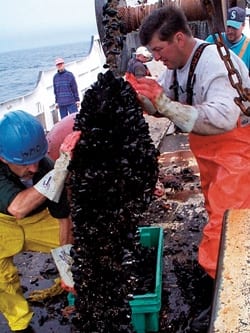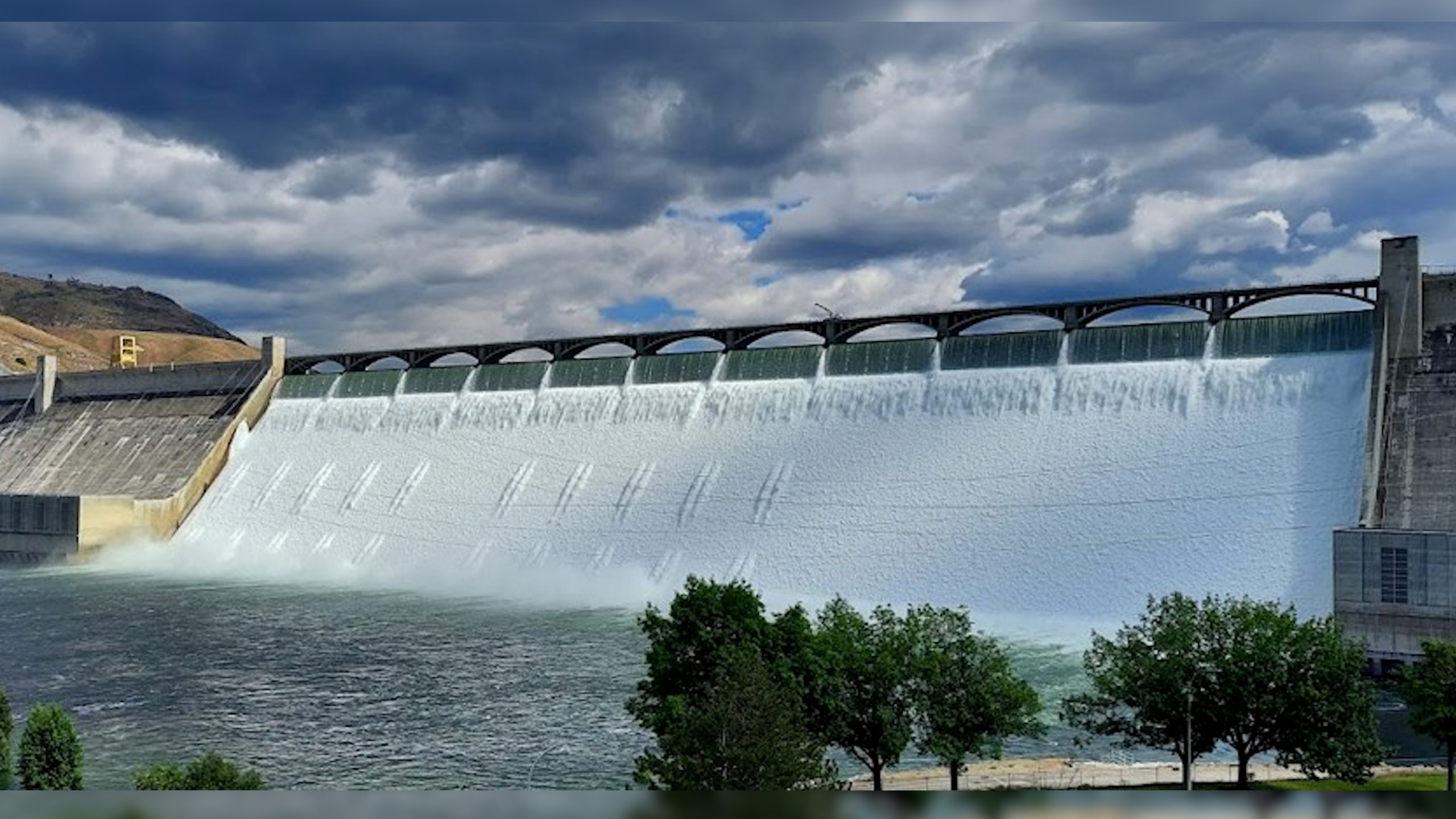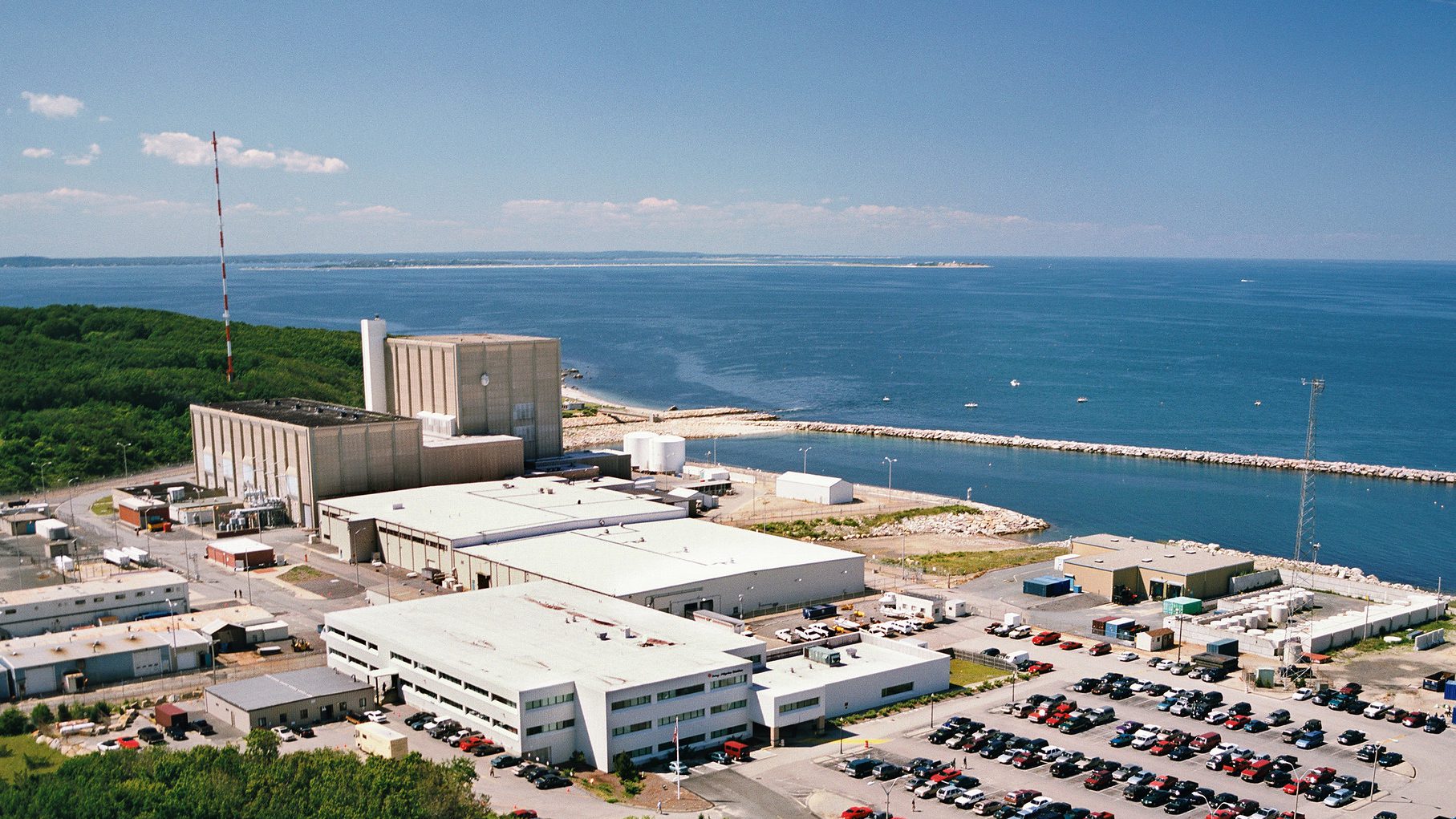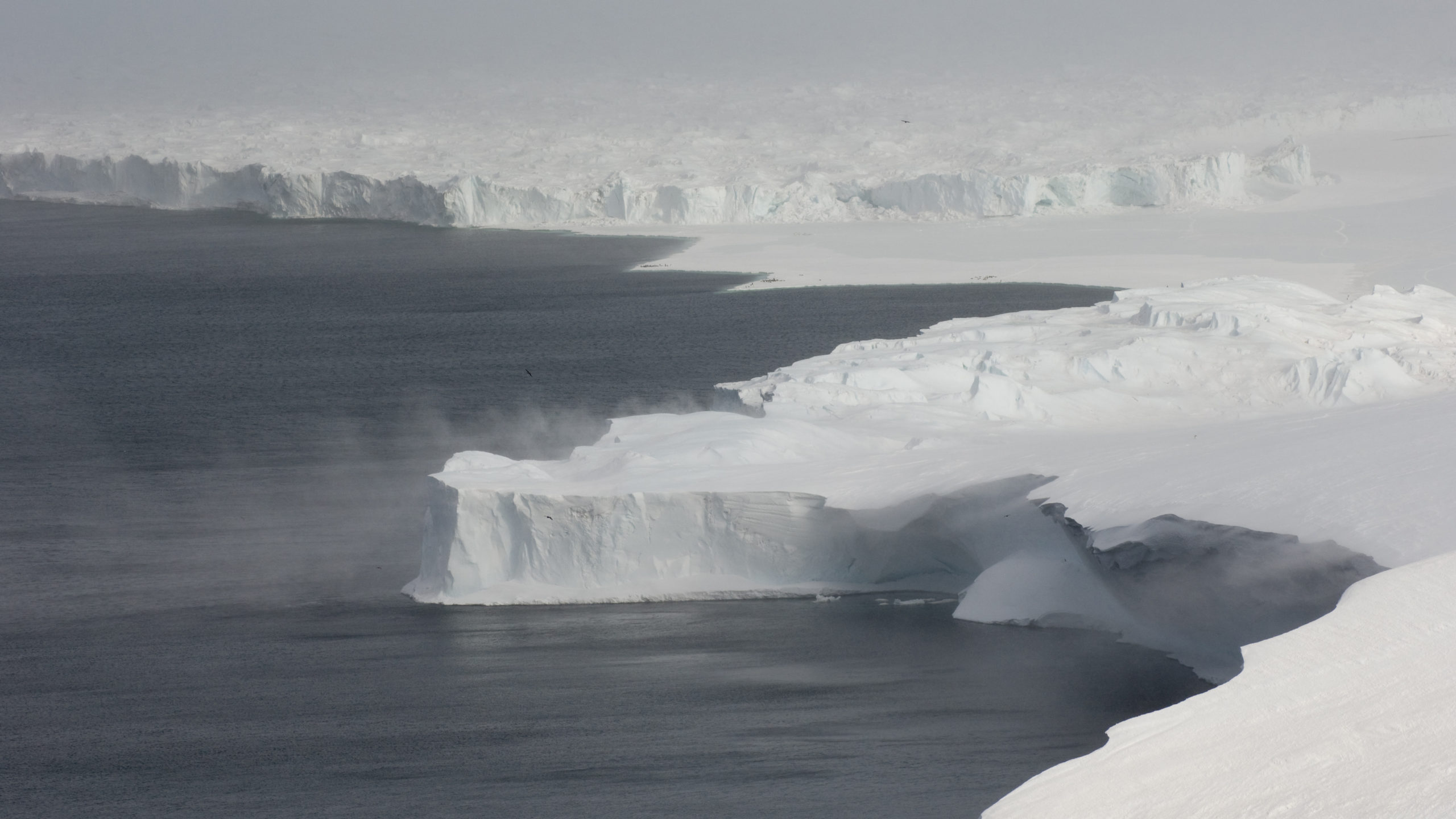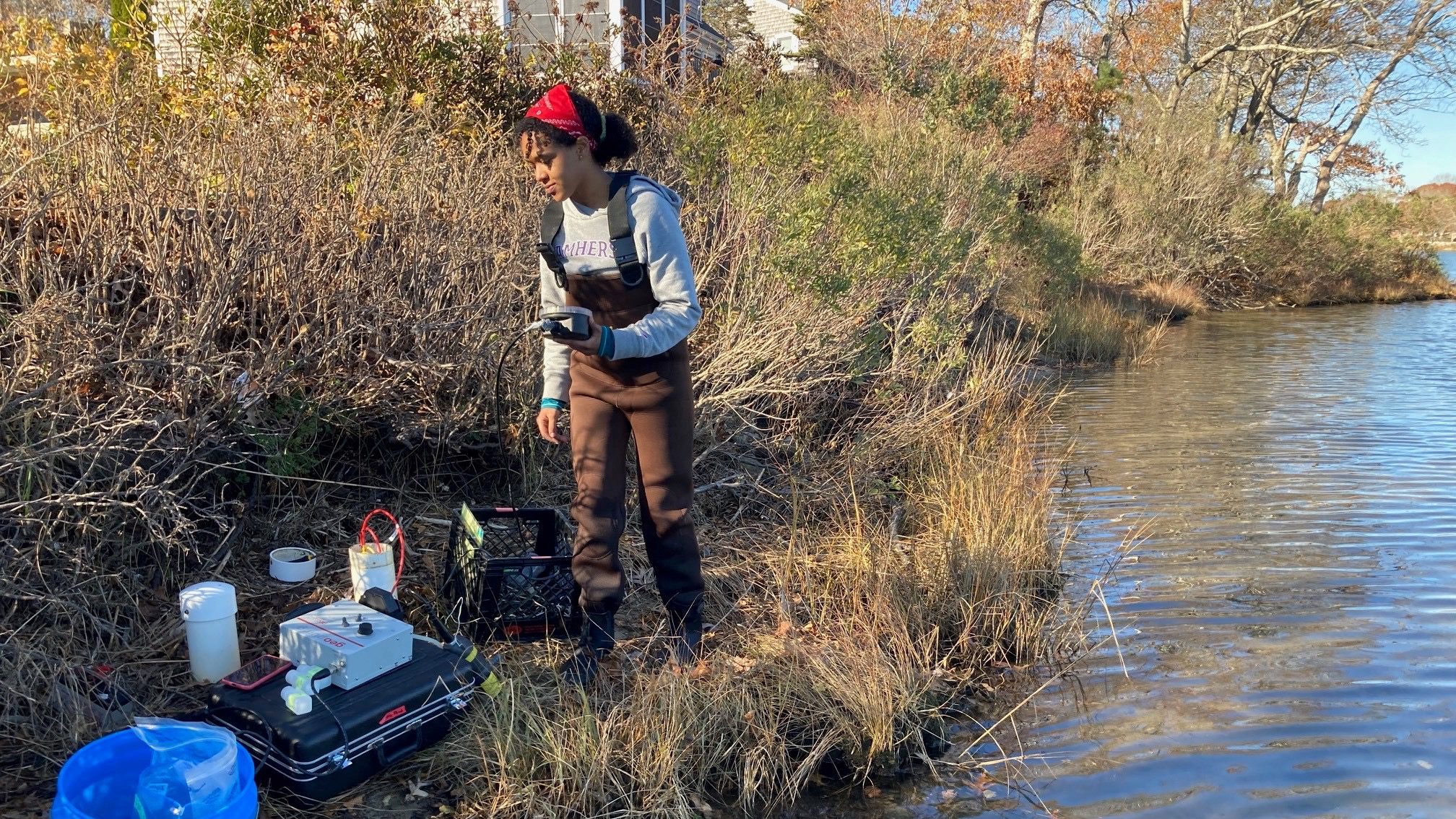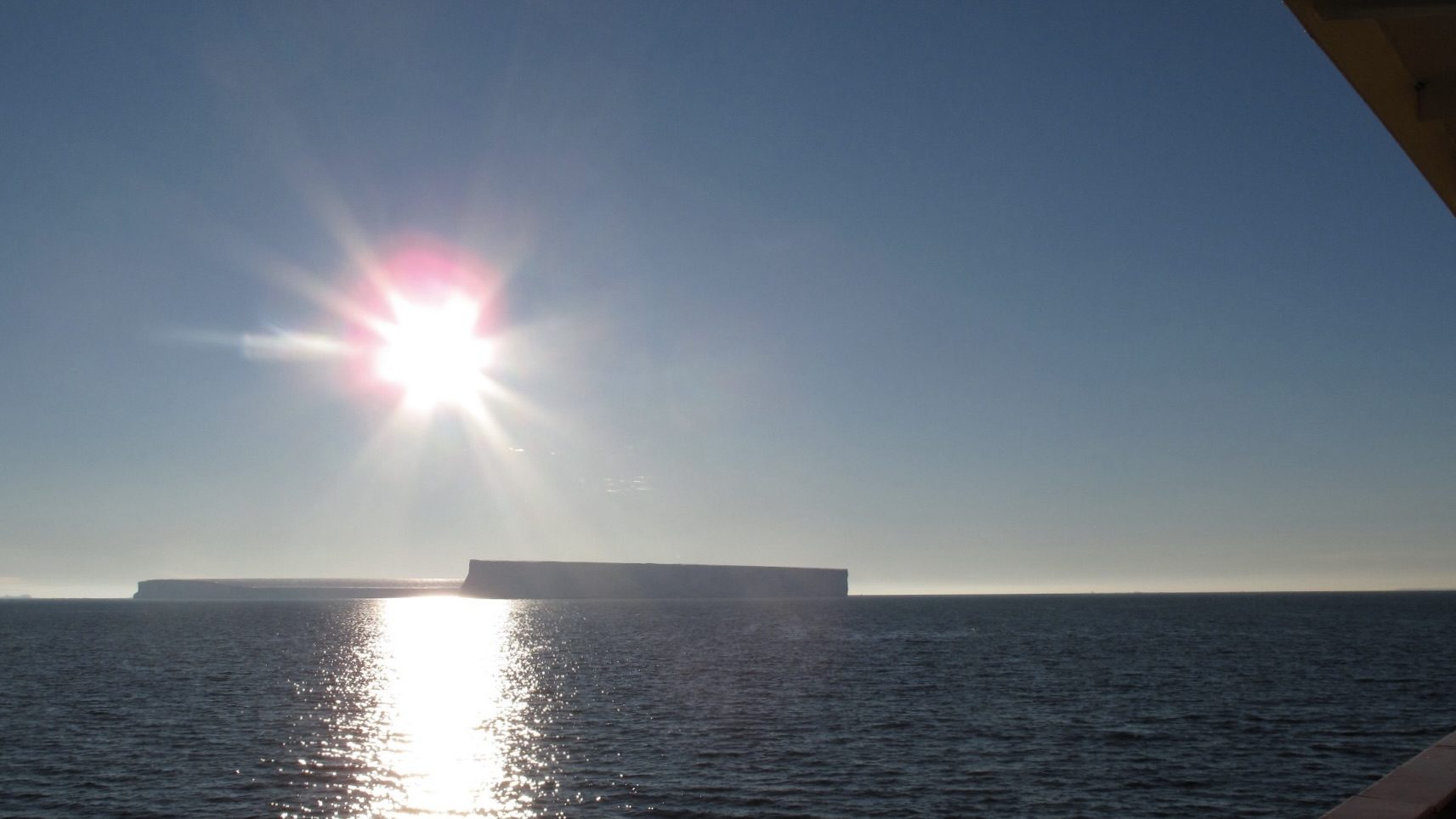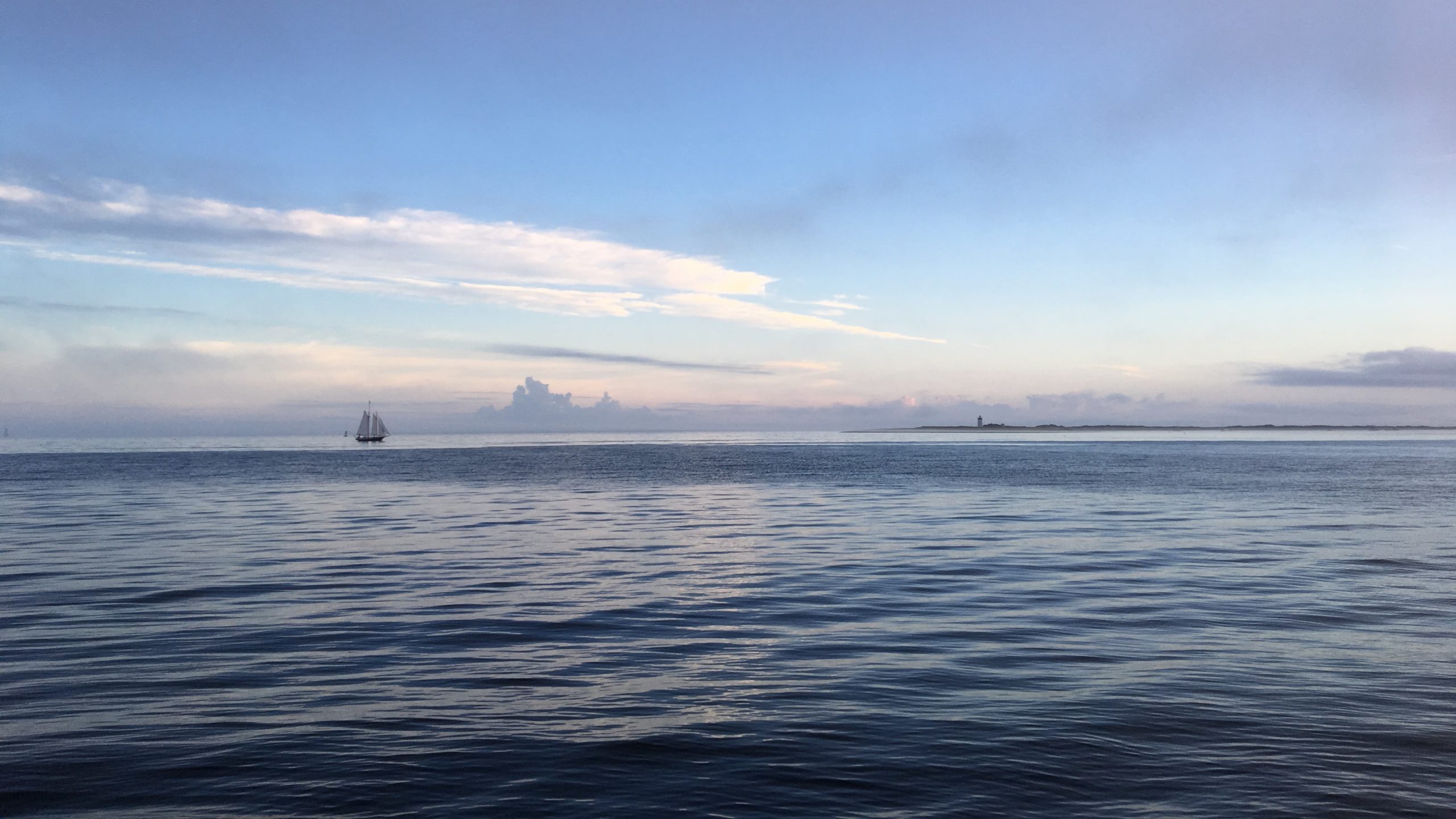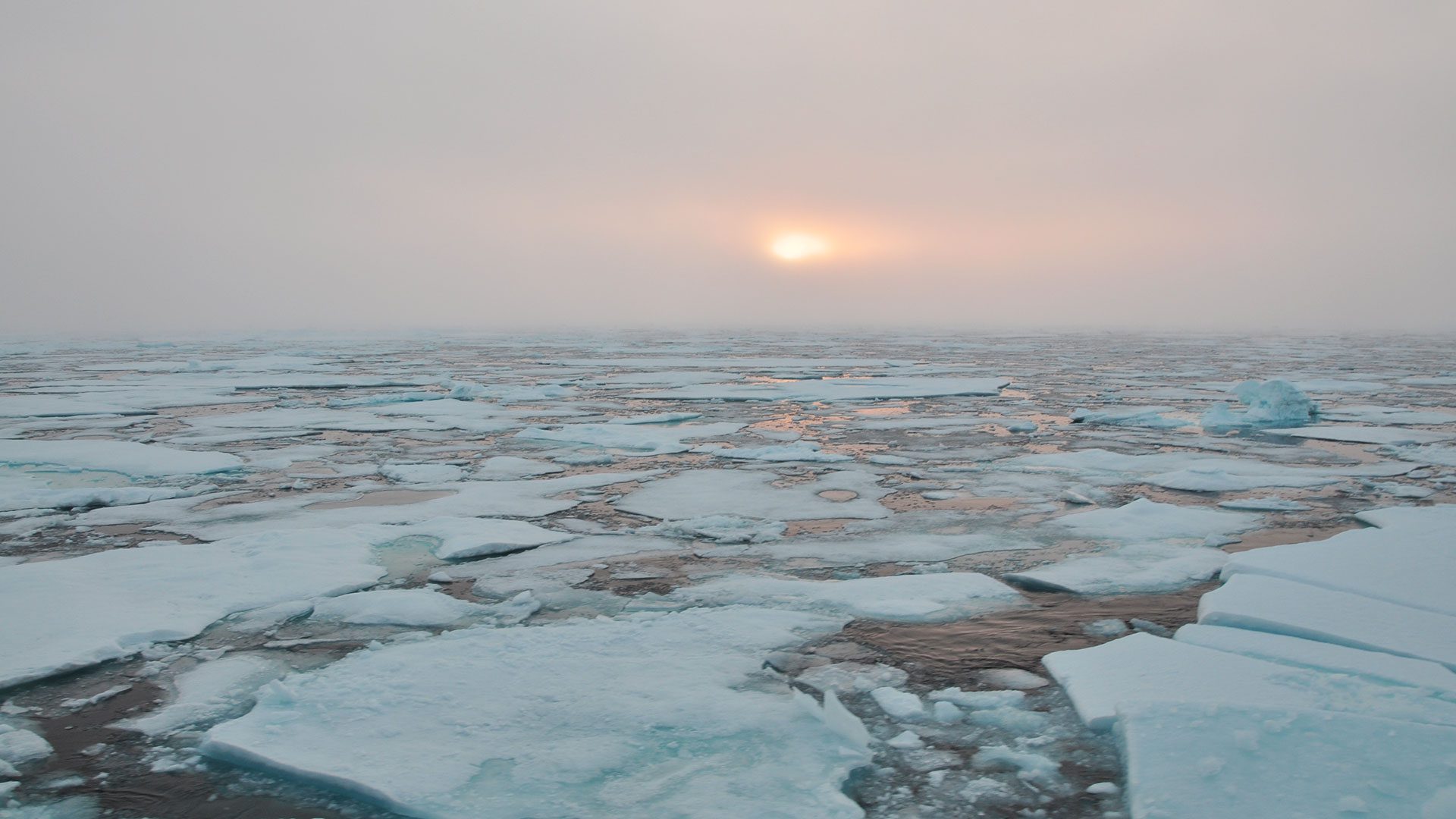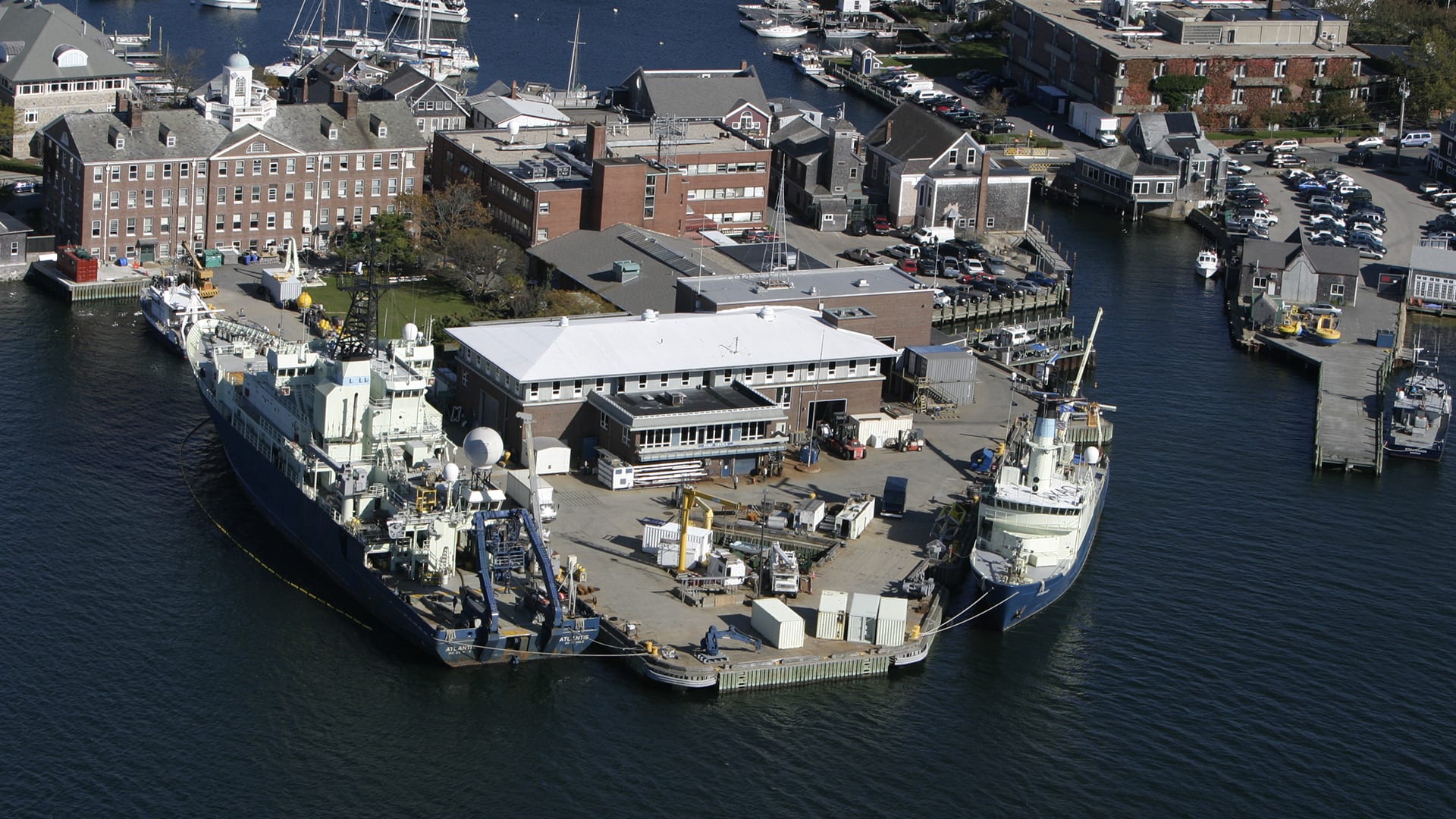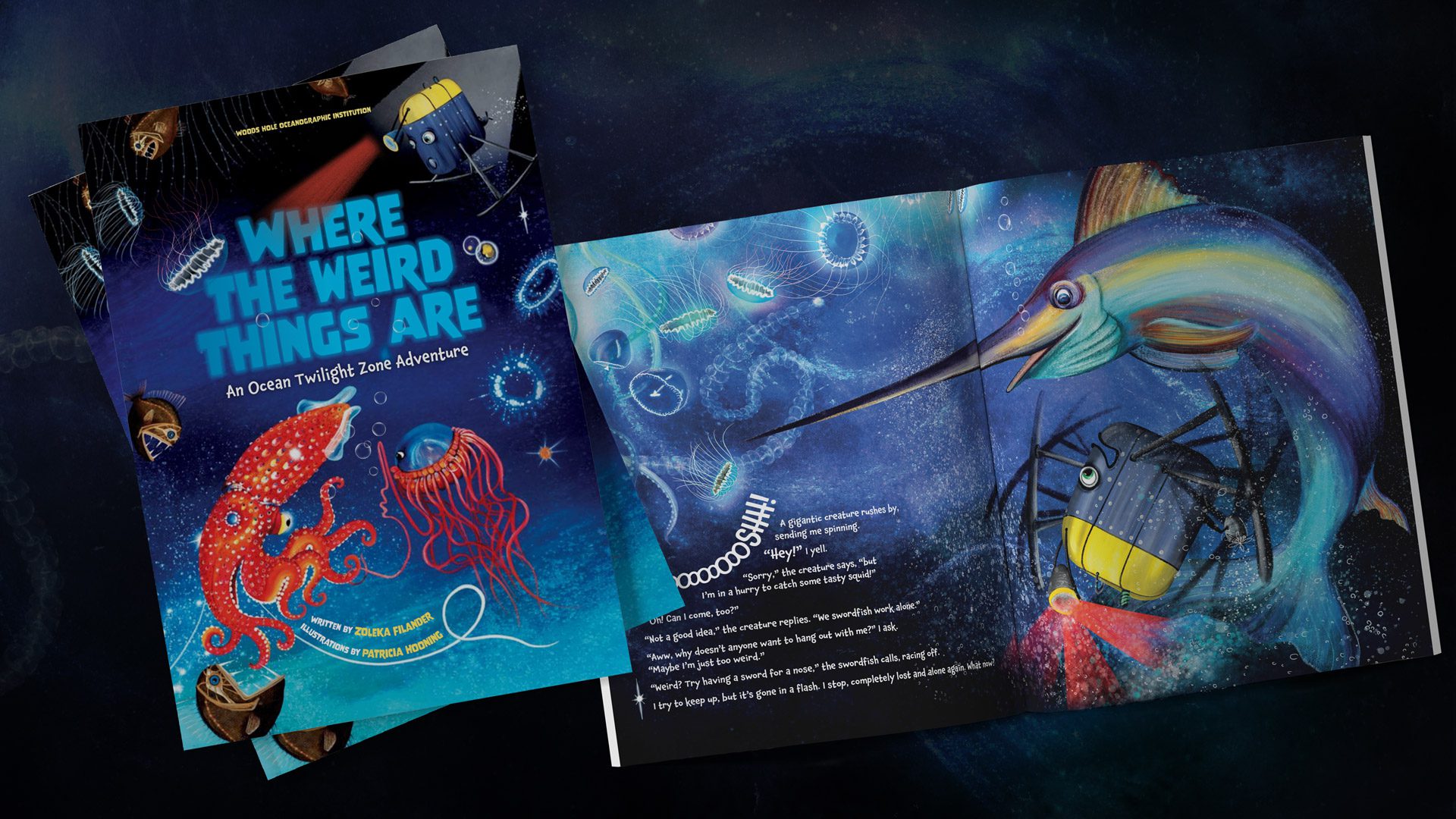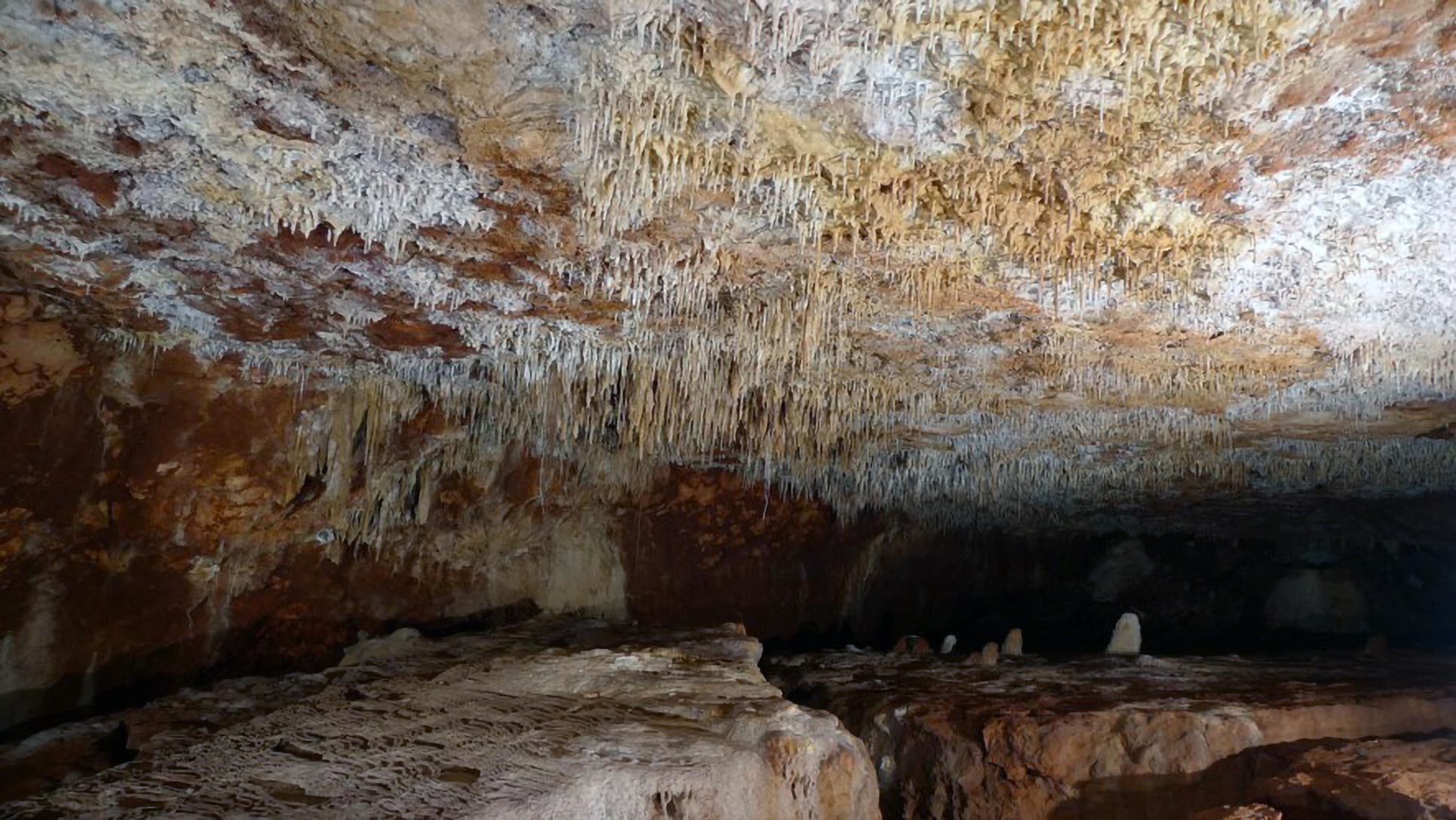News Releases
WHOI to Host Public Event on Ocean Acidification
The Woods Hole Oceanographic Institution (WHOI) will host a public forum on ocean acidification and its effects on ocean life. Ocean acidification is a global problem that results from the…
Read MoreResearchers Assess Radioactivity Released to the Ocean from the Fukushima Dai-Ichi Nuclear Power Facility
The impact on the ocean of releases of radioactivity from the Fukushima nuclear power plants remains unclear. But a new study by U.S. and Japanese researchers analyzes the levels of radioactivity discharged from the facility in the first four months after the accident and draws some basic conclusions about the history of contaminant releases to the ocean.
Read MoreStudy Assesses Nations’ Vulnerabilities to Reduced Mollusk Harvests from Ocean Acidification
Changes in ocean chemistry due to increased carbon dioxide (CO2) emissions are expected to damage shellfish populations around the world, but some nations will feel the impacts much sooner and more intensely than others, according to a study by scientists at Woods Hole Oceanographic Institution (WHOI).
Read More“Hot-Bunking” Bacterium Recycles Iron to Boost Ocean Metabolism
In the vast ocean where an essential nutrient?iron?is scarce, a marine bacterium that launches the ocean food web survives by using a remarkable biochemical trick: It recycles iron.
Read MoreWHOI Scientist Takes Comprehensive Look at Human Impacts on Ocean Chemistry
Numerous studies are documenting the growing effects of climate change, carbon dioxide, pollution and other human-related phenomena on the world?s oceans. But most of those have studied single, isolated sources of pollution and other influences. Now, a marine geochemist at the Woods Hole Oceanographic Institution (WHOI) has published a report in the latest issue of the journal Science that evaluates the total impact of such factors on the ocean and considers what the future might hold.
Read MoreCSI Deep Water: Finding Invisible Clues to Ancient Greek Culture
Like forensic investigators hunting for strands of DNA at a crime scene, Maria Hansson and Brendan Foley have found a way to detect archaeological clues that are invisible to the naked eye. Hansson and Foley have developed a genetic technique to determine the original contents of amphoras, the ceramic vessels often used for transporting and storing goods in the ancient world.
Read MoreNewt Merrill is Elected Chairman of the Board of Trustees for Woods Hole Oceanographic Institution
Newton P.S. Merrill, senior executive vice president (retired) of The Bank of New York, has been elected Chairman of the Board of Trustees of the Woods Hole Oceanographic Institution (WHOI).…
Read MoreIndependent Panel Recommends Strong, Clear Guidelines for Development of Marine Aquaculture in the United States
Congress should enact legislation to ensure that strong environmental standards are in place to regulate the siting and conduct of offshore marine aquaculture, according to an independent panel of leaders from scientific, policymaking, business, and conservation institutions. Organized by researchers from the Woods Hole Oceanographic Institution, the Marine Aquaculture Task Force was charged with examining the risks and benefits of marine aquaculture and developing a set of national policy recommendations to guide future development in our oceans.
Read MoreWarmer than a Hot Tub: Atlantic Ocean Temperatures Much Higher in the Past
Scientists have found evidence that tropical Atlantic Ocean temperatures may have once reached 107°F (42°C)about 25°F (14°C) higher than ocean temperatures today and warmer than a hot tub. The surprisingly…
Read MoreNew Genetic Test Can Detect Clam Disease Crippling Shellfish Industry and Threatening Aquaculture Operations
A sensitive new genetic test can now detect a crippling disease called QPX occurring in clam beds from Cape Cod south to Virginia and north to Canada. Although it does…
Read MoreNew Study Reports Large-scale Salinity Changes in the Oceans
Tropical ocean waters have become dramatically saltier over the past 40 years, while oceans closer to Earth’s poles have become fresher, scientists reported today in the journal Nature. Earth’s warming surface may be intensifying evaporation over oceans in the low latitudes–raising salinity concentrations there–and transporting more fresh water vapor via the atmosphere toward Earth’s poles.
Read MoreFor developing countries, seafood imports are a nutritional bargain
Developing countries pay less for the nutrition in seafood imports than developed countries
Read MoreAncient groundwater records reveal regional vulnerabilities to climate change
New WHOI-led study shows the Southwest may be more sensitive to drying than the Pacific Northwest
Read MoreProposed Wastewater Release into Cape Cod Bay Likely to Remain in Bay for at Least One Month, Study Finds
Their findings are based on a model of the circulation patterns around Cape Cod Bay and provide insight into the seasonal differences in conditions in and around the Bay.
Read MoreWHOI receives $1.6 Million to build revolutionary Antarctic ice shelf monitoring system
SAMS will operate autonomously for years in hostile, difficult-to-reach locations that are Ground Zero for global sea-level rise
Read MoreWHOI Sea Grant commits $1.7 million to coastal research
The funding will support five major projects from watershed contaminant monitoring to data collection for sustainable fisheries and more
Read MoreVitamin B12 adaptability in Antarctic algae has implications for climate change
Woods Hole, Mass. — Vitamin B12 deficiency in people can cause a slew of health problems and even become fatal. Until now, the same deficiencies were thought to impact certain…
Read MoreBottlenose Dolphins Communicate in “Motherese” with Their Offspring
Findings are comparable to human mothers, caregivers who modify their speech to infants and children
Read MoreMapping the potential path of nuclear wastewater
WHOI Sea Grant will study spreading pathways from Pilgrim Nuclear Power Station
Read MoreFirst Observational Evidence of Beaufort Gyre Stabilization, Which Could be Precursor to Huge Freshwater Release
Significant ramifications including impacting the Atlantic Meridional Overturning Circulation, a key component of global climate, are possible.
Read MoreCINAR Names Four New Fellows in Quantitative Fisheries and Ecosystems Science
The goal of the fellowship program is to engage early-career scientists in research that supports the training and education in the he assessment and management of living marine resources in the Northeast U.S.
Read MoreWHOI’s first children’s book “Where the Weird Things Are” now available
By Zoleka Filander and llustrated by Patricia Hooning
Where the Weird Things Are is the first children’s book from the Woods Hole Oceanographic Institution (WHOI) and is inspired by the groundbreaking work of the Ocean Twilight Zone (OTZ) project, and Mesobot, an innovative hybrid robot designed specifically to study life in the ocean twilight zone.
WHOI Opens 2023 SXSW Conference
WHOI joins experts from Scripps Institution of Oceanography and American Geophysical Union on ocean-based carbon dioxide removal panel
Read MoreResearch reveals new links behind climate change in Australia
A team of scientists, including those from Woods Hole Oceanographic Institution (WHOI), have combined stalagmites and climate model simulations to reveal links between monsoon rains and tropical cyclones in Australia.
Read More
